
Mastectomy- Overview
Mastectomy is only one surgical procedure performed in people suffering from breast cancer. It includes the entire surgical removal of the affected breast. Breast mastectomy can be performed in treatment of breast cancer and it can be also done prophilactically in people who carry significant risk for breast cancer. This way the breast tissue is removed and a person simply cannot develop malignant tumor of the breast.
Mastectomy is performed in patients who have already had radiation therapy to the affected breast, in patients with 2 or more areas of cancer in the same breast, those who have already gone lumpectomy and repeated excision of the tumor and if the tumor has not been completely removed, and patients suffering from scleroderma. Furthermore, mastectomy is performed in pregnant women, patients whose tumor is larger than 5 cm in diameter and in those whose tumor is large comparing to the actual size of the breast. Mastectomy is also a treatment option in men suffering from breast cancer.
There are several types of mastectomy. A simple mastectomy includes removal of the entire breast but axillary contents stay untouched. Modified radical mastectomy is a procedure in which the entire breast tissue is removed together with the axillary contents. This procedure is a bit different from radical mastectomy since it does not include excision of the pectoral muscles. And finally, radical mastectomy includes removal of the entire breast, the axillary lymph nodes and both pectoral muscles, the pectoralis major and the pectoralis minor muscle. There are two additional types of mastectomy, skin-sparing mastectomy and nipple-sparing mastectomy. As the very names suggest both of these procedures spare certain parts such as the breast skin or the nipple.
Breast Reconstruction after Mastectomy
Many women chose to undergo breast reconstruction at the same time as mastectomy. However, in some cases the skin needs to be stretched first and then the breast can be successfully reconstructed. This is achieved by specific implants which are inserted under the skin or the chest muscles. They serve as tissue expanders and are slowly filled with saline. This makes them enlarge in time and the skin expands. Once the appropriate amount of skin is expanded the person undergoes insertion of a permanent implant. Even the expander can be left and act as an implant. Apart from implants breast reconstruction can be performed by using healthy muscles and skin from other parts of a patient's body. In some women insertion of implants is accompanied by nipple reconstruction. There are many types of implants. Some are made of silicone while others include saline.
There are several risk related to implant insertion. Namely, they may break or leak and in 5-10% of all patients they rupture after the period of 10 years. Scars can be an aesthetic issue and the breast may appear unnatural and firm to touch. Infections are not so common complications of the procedure and only in severe infections the implant needs to be removed. Fortunately, even if being removed, the implant can be placed back again once the infection has subsided.


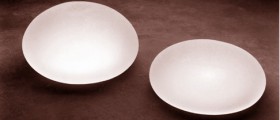


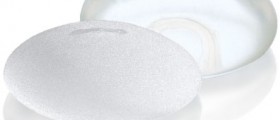



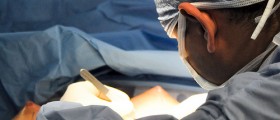

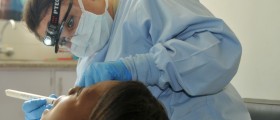
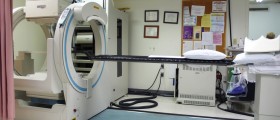


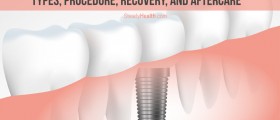
Your thoughts on this
Loading...